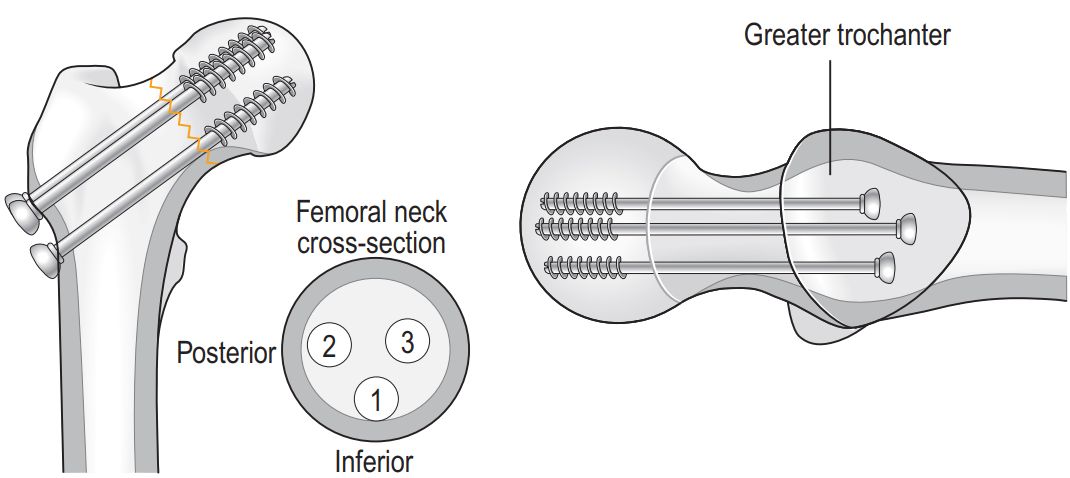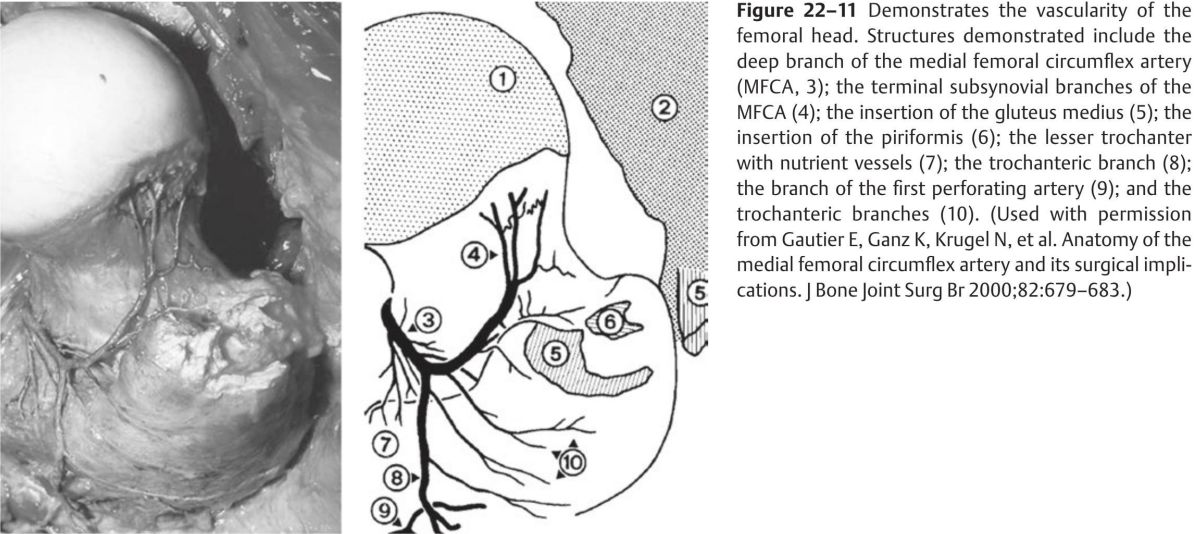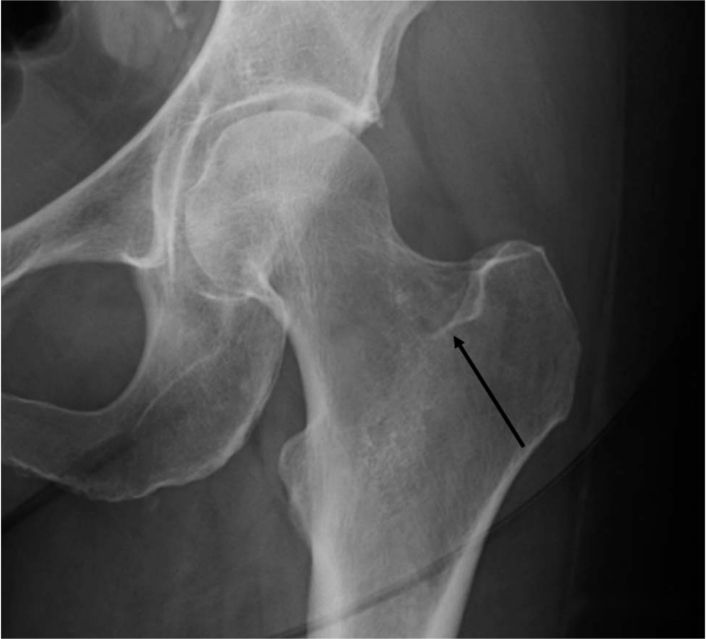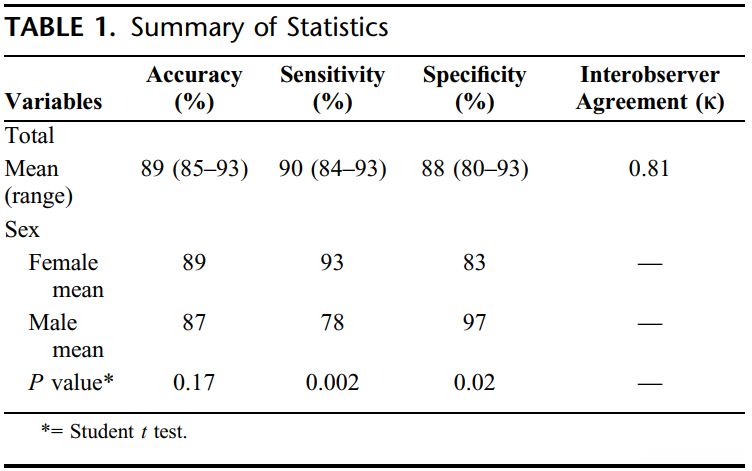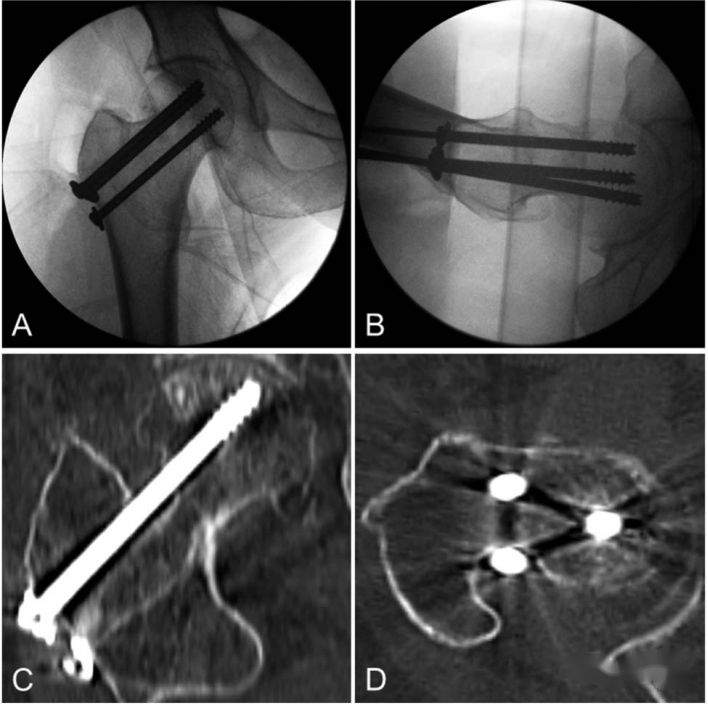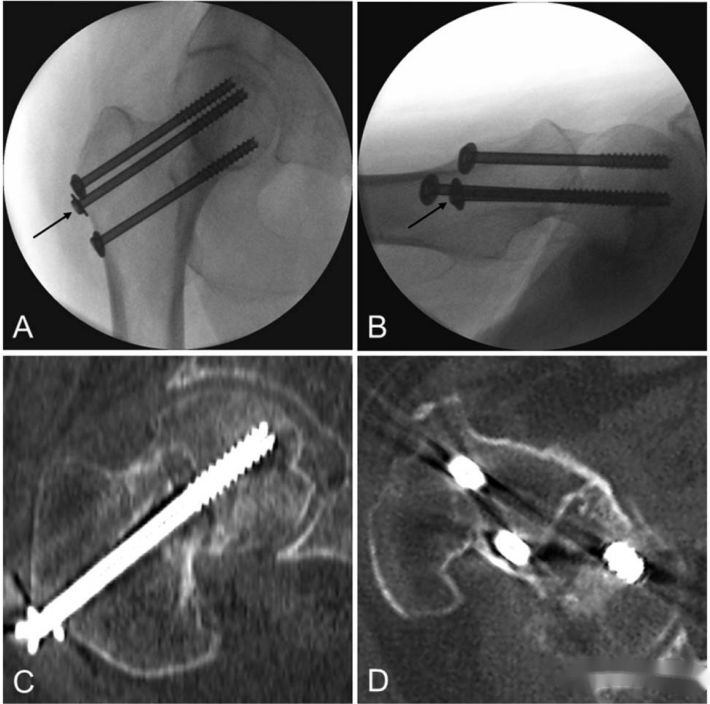“For non-elderly femoral neck fractures, the most commonly used internal fixation method is the ‘inverted triangle’ configuration with three screws. Two screws are placed closely to the anterior and posterior cortices of the femoral neck, and one screw is positioned below. In the anteroposterior view, the proximal two screws overlap, forming a ’2-screw’ pattern, while in the lateral view, a ’3-screw’ pattern is observed. This configuration is considered the most ideal placement for screws.”
“The medial circumflex femoral artery is the primary blood supply to the femoral head. When screws are placed ‘in-out-in’ above the posterior aspect of the femoral neck, it poses a risk of iatrogenic vascular injury, potentially compromising the blood supply to the femoral neck and, consequently, impacting bone healing.”
“To prevent the occurrence of ‘in-out-in’ (IOI) phenomenon, where screws pass through the outer cortex of the femoral neck, exit the cortical bone, and re-enter the femoral neck and head, scholars both domestically and internationally have employed various auxiliary assessment methods. The acetabulum, located above the outer aspect of the femoral neck, is a concave depression in the bone. By studying the relationship between the screws placed above the posterior aspect of the femoral neck and the acetabulum in the anteroposterior view, one can predict or assess the risk of screw IOI.”
▲ The diagram illustrates the cortical bone imaging of the acetabulum in the anteroposterior view of the hip joint.
The study involved 104 patients, and the relationship between the cortical bone of the acetabulum and the posterior screws was examined. This was done through a comparison on X-rays and complemented by postoperative CT reconstruction to assess the relationship between the two. Among the 104 patients, 15 showed a clear IOI phenomenon on X-rays, 6 had incomplete imaging data, and 10 had screws positioned too close to the middle of the femoral neck, making evaluation ineffective. Therefore, a total of 73 valid cases were included in the analysis.
In the analyzed 73 cases, on X-rays, 42 cases had screws positioned above the cortical bone of the acetabulum, while 31 cases had screws below. CT confirmation revealed that IOI phenomenon occurred in 59% of the cases. Data analysis indicates that on X-rays, screws positioned above the cortical bone of the acetabulum had a sensitivity of 90% and specificity of 88% in predicting the IOI phenomenon.
▲ Case One: Hip joint X-ray in the anteroposterior view indicates screws positioned above the cortical bone of the acetabulum. CT coronal and transverse views confirm the presence of the IOI phenomenon.
▲Case Two: Hip joint X-ray in the anteroposterior view indicates screws positioned below the cortical bone of the acetabulum. CT coronal and transverse views confirm that the posterior screws are entirely within the bone cortex.
Post time: Nov-23-2023





